How long does it take to go from inquiry to installation?
You start off by giving our PowerOn Energy office a call and requesting a customized quote. From there, we’ll walk you through the following steps:
1. Complete an Energy Analysis
In this phase, we analyze lots of data. To start, unlike many competitors, we look at your SDGE power bill history against your rate structure to determine what solar system size you require in order to get the biggest savings. We also look at how efficiently you’re using energy in your home to find ways for you to reduce your consumption. We’ll make recommendations for retrofitting to more efficient lighting, windows and doors, heating, air conditioning, and pool pump systems which will help to lower the number of panels you require.
2. Consider Design Options
Next, we’ll make a visit to your home to inspect your site and figure out how your orientation and roof structures impact the overall system design. We’ll consider whether your roof is sufficient to handle the load of solar panels and help you consider other location options if desired.
3. Review Financing
After we finalize the design of your system, we’ll work with you to get the financing that fits your needs. You’ll be able to consider cash purchases, leases, home equity lines of credit, power purchase agreements (PPAs) and many other solutions. From here on in, the timeframe to completion is usually 4-6 weeks.
4. Process Permitting
At this point, our team will take over to ensure an efficient and seamless process by handling the paperwork, working through the permitting process with the city or county, clearing any HOA approvals, and ordering the equipment we’ll need for your design.
5. Final Installation
Once all the pieces are in place, we’ll go to work on installing your equipment, with most systems completed within 3-5 business days depending on the season. Our installers are highly professional and operate in a safe and efficient manner to ensure minimal disturbance to your life.


